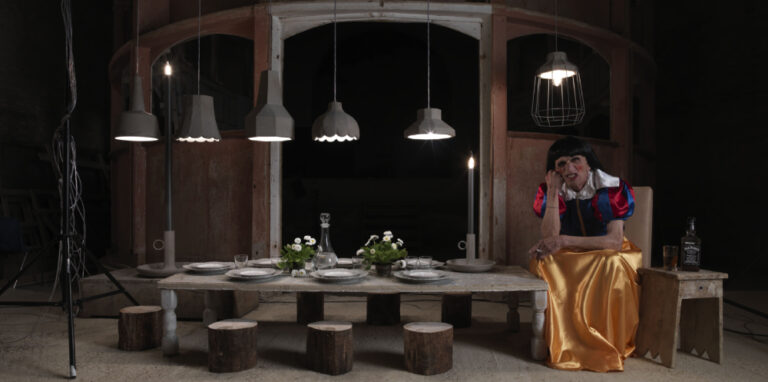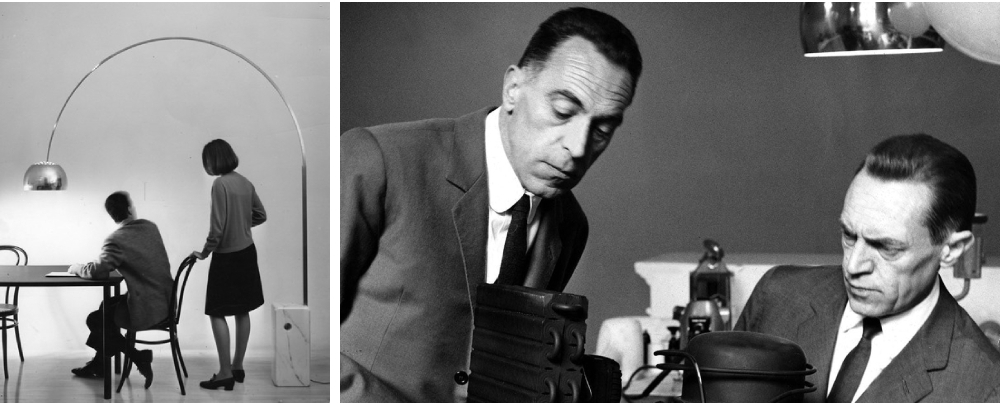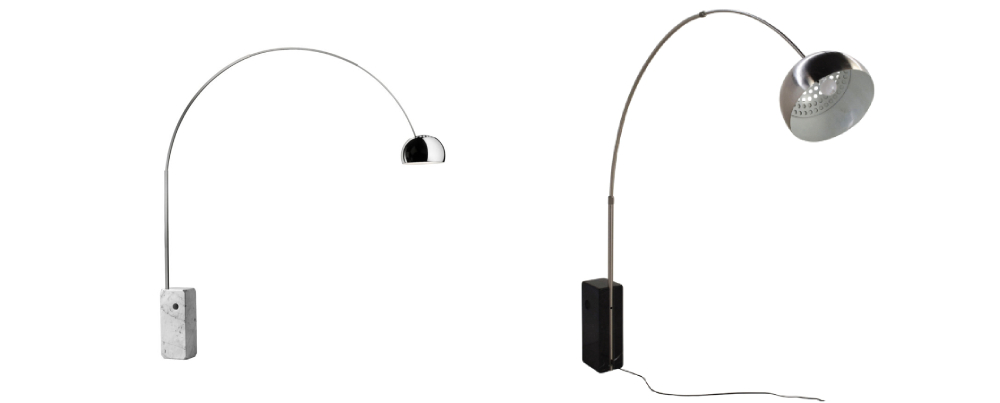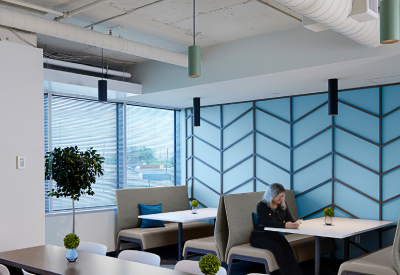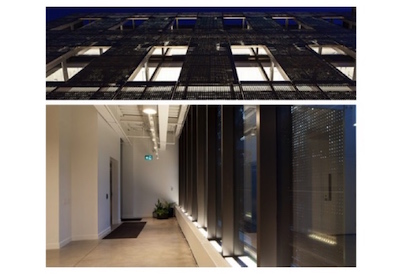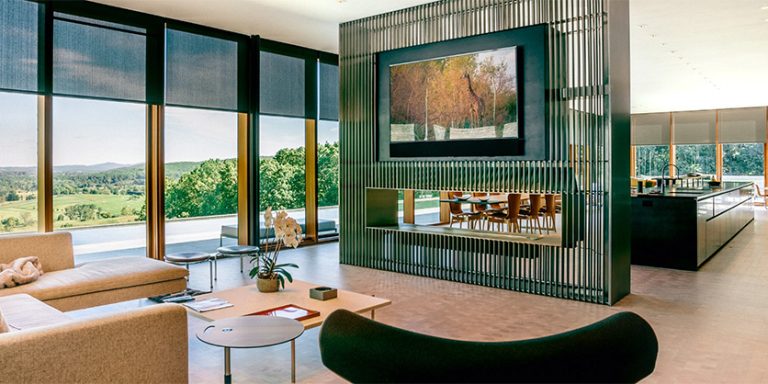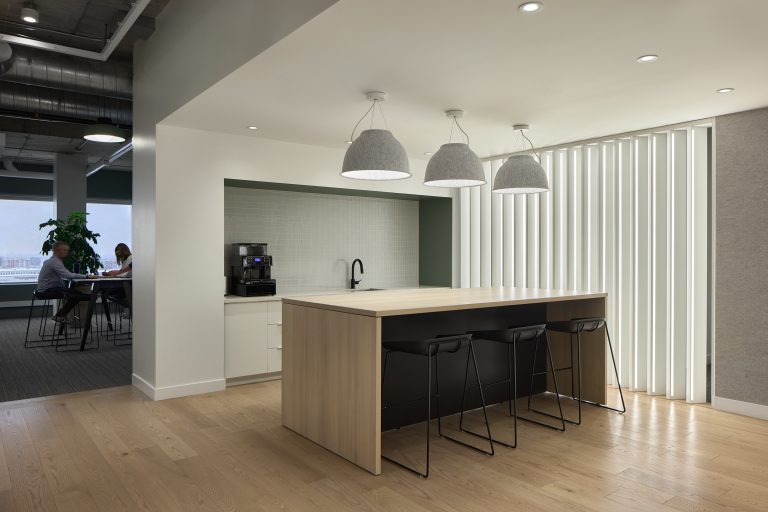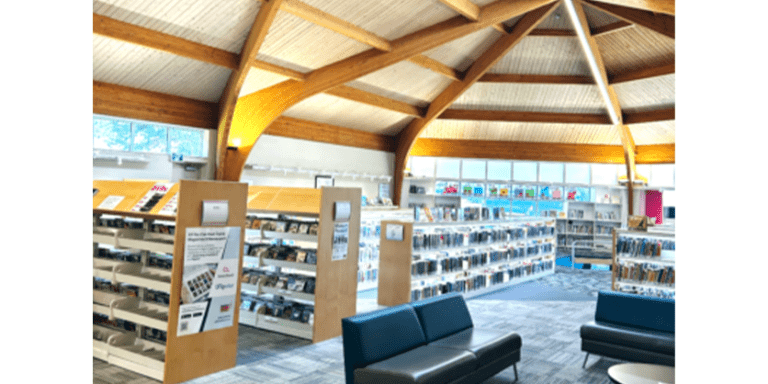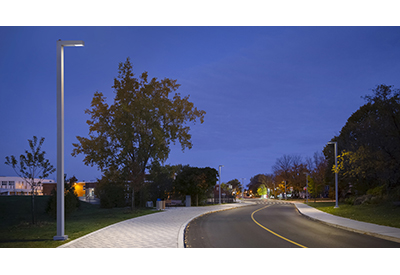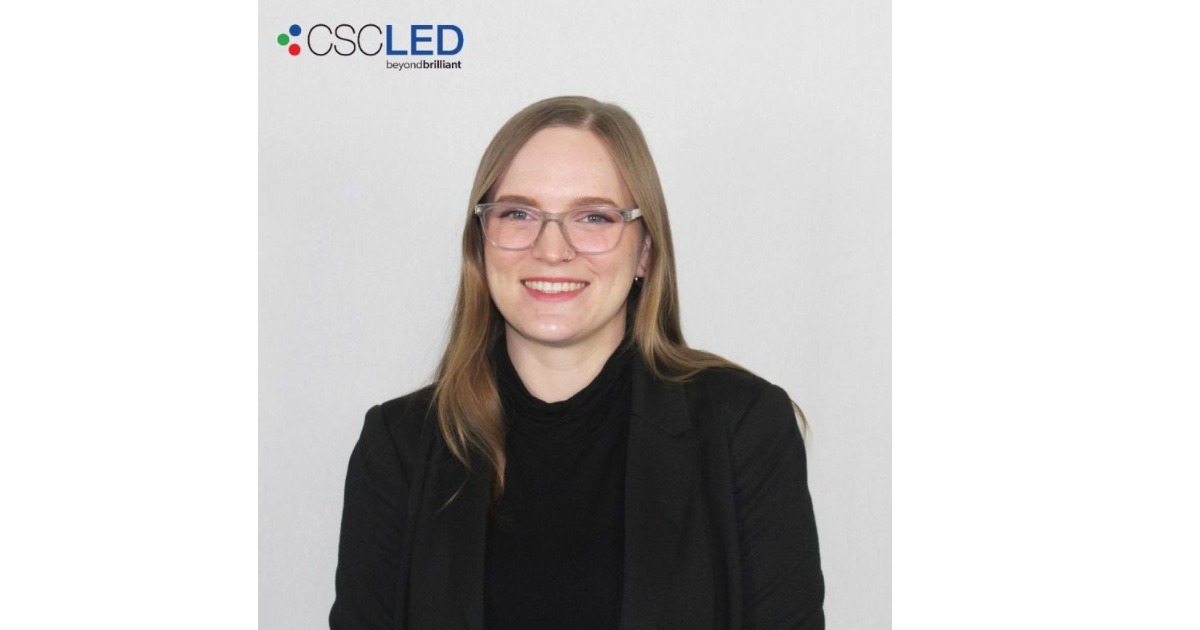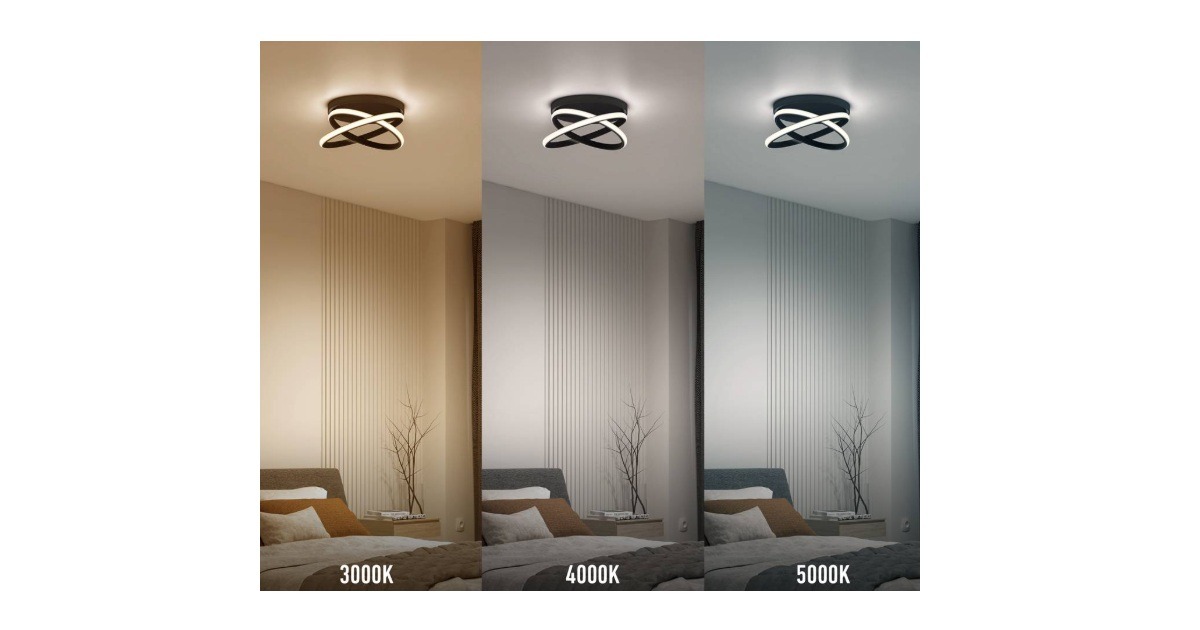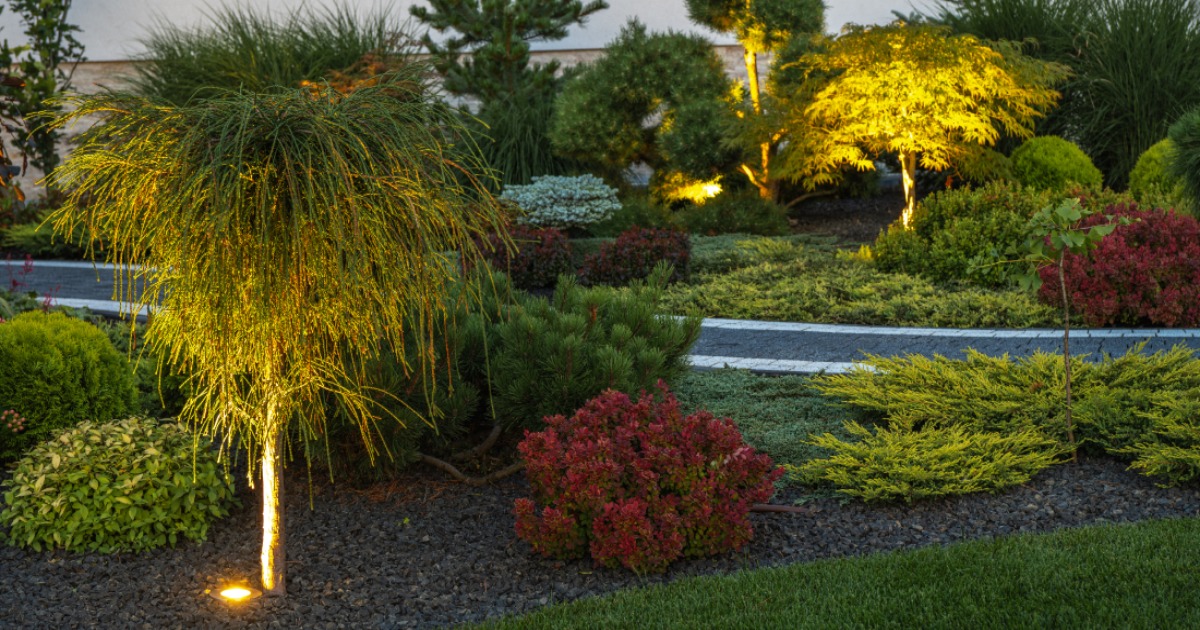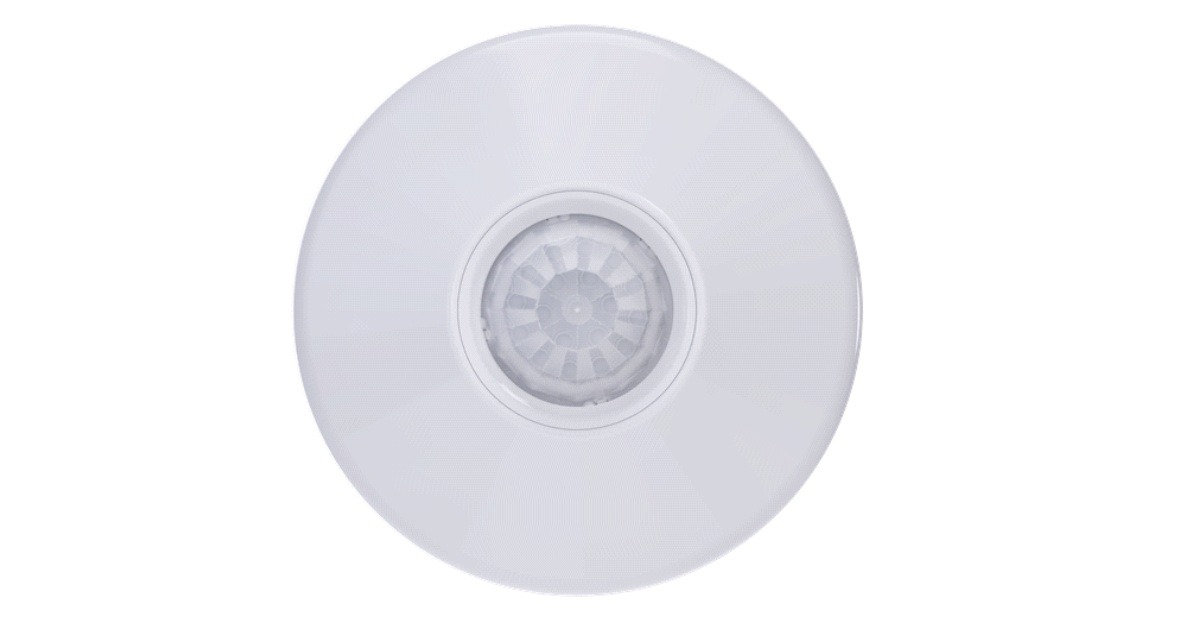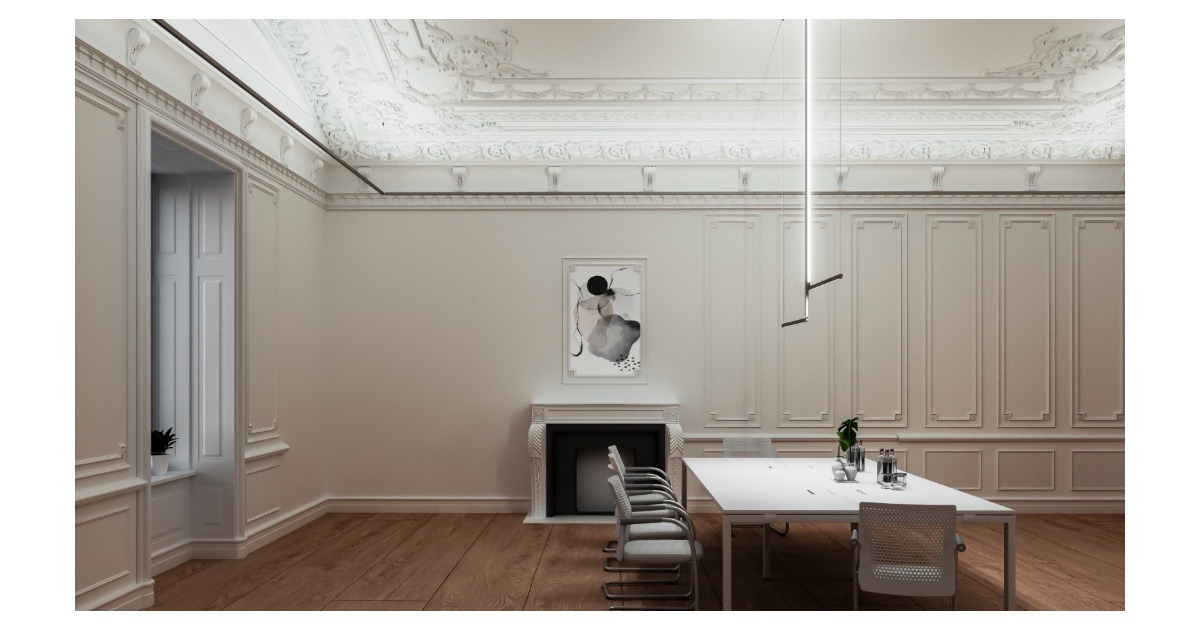How We Can All Sustain the Creative Ecosystem
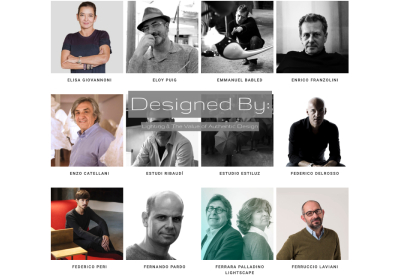
May 26, 2021
By LightForm Blog
“Authentic design” is an important concept that we value at LightForm. Well, of course we do: we sell designer lighting. It is in our best interest to support and advocate for the intrinsic value of name-brand designer lights. But authentic design is about more than the pedigree of the designer lights we sell or avoiding counterfeits and knockoffs (though that’s definitely a good thing to do). It’s about integrity. It’s about honesty and openness. It’s about the love and the labour that are infused into every stage of a lighting design’s development. And its about taking personal responsibility to make a positive contribution in the world.
LightForm believes in authentic design. We believe in ethical and sustainable business. We believe that creativity and originality have value. And we believe that it is a privilege to be a part of the creative ecosystem to which we contribute. Even if we could guarantee that knockoffs had the same quality, sustainability, and regulatory approval as authentic designer lights, we still would not offer them simply because we understand the value of design, and of designers.
Today, we’re going to take a closer look at the value of original, authentic lighting designs and how we all play a role in maintaining ethical business practices in the larger creative ecosystem.
Counterfeits and Knockoffs
Let’s begin by identifying the difference between “counterfeits” and “knockoffs.” A counterfeit is a product that attempts to duplicate an authentic and original design with the intention of passing itself off as a legitimate iteration of that design. If you were to spend a significant sum purchasing what was purported to be an original Arco floor lamp, designed by Achille and Pier Giacomo Castiglioni for Flos, only to discover “Made in China” on the bottom upon delivery, that would be a counterfeit (although, it must be said, most counterfeits are not so accommodating in declaring themselves so).
Knockoffs, on the other hand, are products that take advantage of those who believe that “name brands,” whether in groceries, furniture, or lighting, are no different than “generic” alternatives. The problem is, as anyone who was a middle-to-lower-class kid in ’80s can tell you, “Fruity-Os” is absolutely not the same as Froot Loops, no matter how often or loudly Dad claimed otherwise. One was delicious, the other was the physical manifestation of ennui in breakfast cereal form (and the fact that generic-brand beer never showed up in the fridge proves that Dad didn’t actually believe his own lies, either).
We don’t really need to tell you why counterfeits are bad. They’re fraud-based, and, usually, you’ll still be paying full price or nearly full-price. Meanwhile, the fly-by-night vendor is making a lot of money by selling you a cheaply-made product for a name-brand price. Knockoffs, however, are both more common and more problematic.
The Knock-on Knockoff effect
Companies that produce knockoff products in any industry tend to base themselves in poorer countries that, in an attempt to encourage foreign investment, either do not have or do not enforce regulations. This not only protects predatory corporations from lawsuits related to infringement of intellectual property rights, but enables them to further cut costs by employing child labour, ignoring basic safety precautions, and using materials that are any combination of cheap, unsustainable, and toxic. The digital landscape has only allowed such companies to proliferate, selling direct to unwary customers around the world over the internet.
Because one of the defining characteristics of both counterfeits and knockoffs is cheapness of quality, corners must be cut. Less care is taken in production, resulting in not only a less-durable light, but one in which the scale and balance in the relationship between constituent parts is discarded, ruining the overall effect. The quality of materials is lower, with raw materials often unethically sourced. Technical components such as LEDs are the cheapest available and likely to dim and die much faster than those from authentic brands, who not only eschew low-quality parts, but often develop proprietary versions in-house to assure complete control over quality.
Moreover, by stealing designs, knockoff producers are not only picking the pockets of brands, designers, and retailers–they are stealing from all of us. Designs take investment to produce: that’s the first stage of a sustainable creative economy. The remaining steps involve production, marketing, purchase, and reinvestment in the design process. When a design is stolen, it breaks the cycle. In order to invest in new designs, prices have to rise to compensate for the lost revenue, which means we all pay.
How to Avoid Counterfeit and Knockoff Designer Lights
The best ways to protect yourself from unethical can be summed up easily:
- Buy from reputable dealers.
- Ask questions.
- Research the designer.
- Check for certificates of authenticity and other trademarks.
- We believe that it’s our job to be experts so that you don’t have to be. We know the ins-and-outs of designer lighting and do our best to resolve issues in the process of specifying before you ever learn about them. This is as it should be.
And yet: we still encourage you to learn all you can about what you specify or purchase. You shouldn’t have to be an expert in lighting–again, that’s our job–but knowing enough to know that the manufacturer or retailer knows what they’re talking about is the best way to protect yourself. Ask about the brand, the construction, the materials. Ask your electrician or electrical engineer about the technical specs and if they make sense. The more you ask, the harder it is to hide flaws and defects in the product and its origin.
Perhaps the best question you can ask is who designed the light you wish to buy. We list the designer on every page on LightFormSHOP.com. In most cases, we also maintain pages for these designers, with mini-biographies and listings of all of the lights in our catalogue that they designed. Not all brands identify individual designers (for example, CTO Lighting and Studio d’Armes maintain in-house design teams who oversee all their designs, including collaborations with independent designers), but an ethical retailer will be able to discuss the pedigree of the design with you in either case.
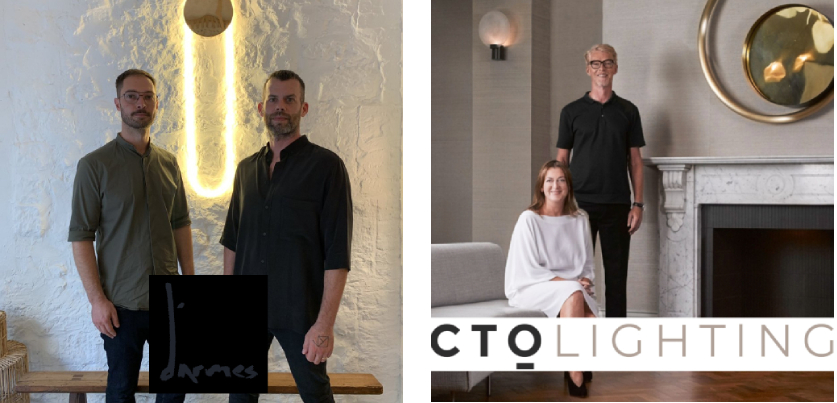
Trademarks are–as the name indicates–marks used by tradespeople to indicate that they are not only originals from that brand or person, but also meet the standards of same. In designer lighting, the brand insignia indicates the products’ pedigree in authentic design. Almost all of the luminaires you purchase from LightForm will bear a difficult-to-reproduce trademark. Many will also come with certificates of authenticity, while some brands go still further–as with Moooi’s “The Button.“
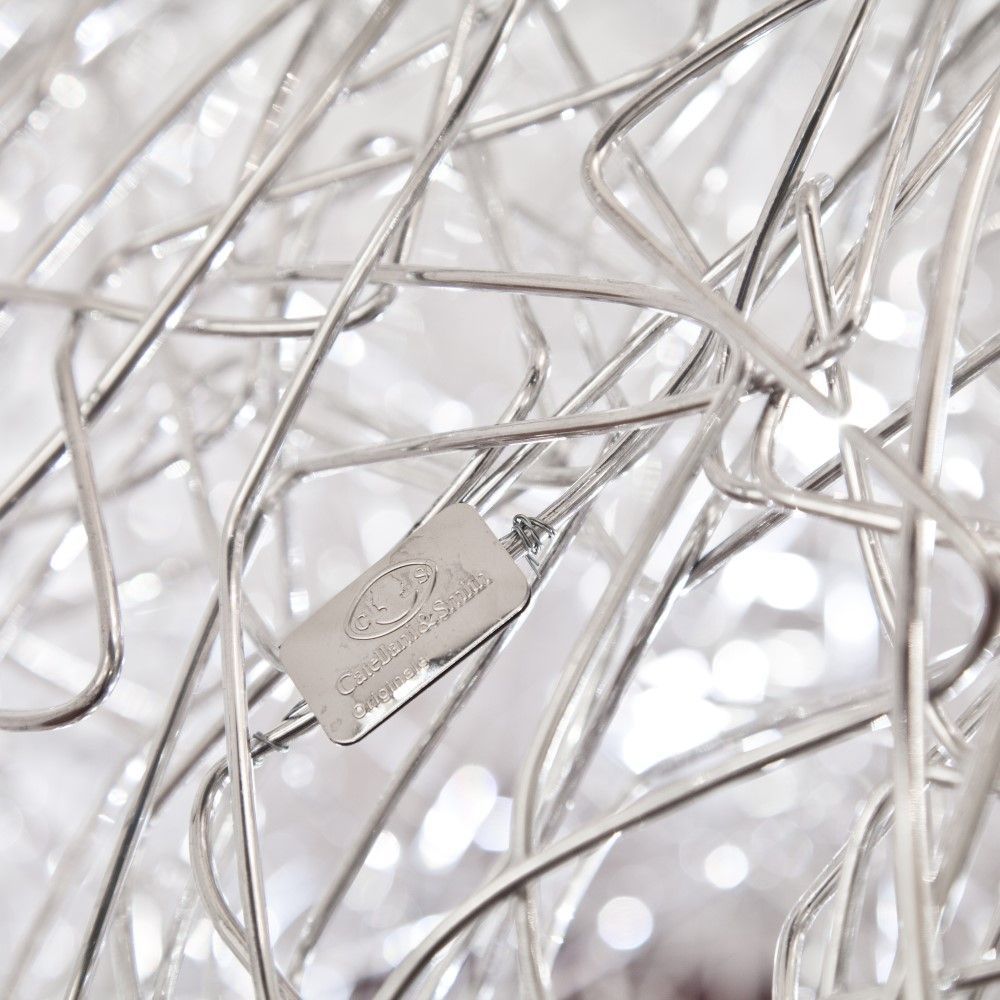 The Button uses NFC (not to be confused with the tremendously-destructive NFT) technology, making it scannable with any smartphone or tablet. It not only serves to certify the authenticity of the design, but also provides a secure and unique process for registering your purchase, which also extends your warranty.
The Button uses NFC (not to be confused with the tremendously-destructive NFT) technology, making it scannable with any smartphone or tablet. It not only serves to certify the authenticity of the design, but also provides a secure and unique process for registering your purchase, which also extends your warranty.
Design requires a designer. Unfortunately, designers are often forgotten in the shadow of their designs. Any person who has chosen to pursue a career in design has done so because they felt driven to do so against the odds. Any person who manages to achieve and maintain that career has beaten the odds. Every design is the product of its designer’s experience, knowledge, education, creativity, labour, taste, values, and personality, all interacting with the particular problem or challenge that the design is intended to resolve. And that’s only taking the first stages of design into account.
Most designers and brands maintain teams of assistant designers and technicians whose job it is to help transform the original concept into a physical object. Through multiple stages of development, brands invest in engineering, prototyping, refinement, and reengineering until a final product–and production process–is arrived at. This process can take years of experimentation with methods and materials before the design is complete.
Forming the foundation of every authentic design is a dozen other designs that failed somewhere between the drawing board and the prototype. The greatest designers embrace these missteps, and–though perhaps not happy about them–accept them as part of the process. That development still costs them, and possibly a brand, time and money, but the lessons learned contribute to every light created by that designer thereafter.
And then, once the ultimate design is complete, a team of craftspeople come together to craft and assemble the various elements of each designer light. Glassblowers, stonemasons, machinists, and more contribute their abilities–which are often skills developed over literal centuries of tradition passed down from artisan to artisan–to the final product.
Supporting Authentic Design in the Creative Ecosystem
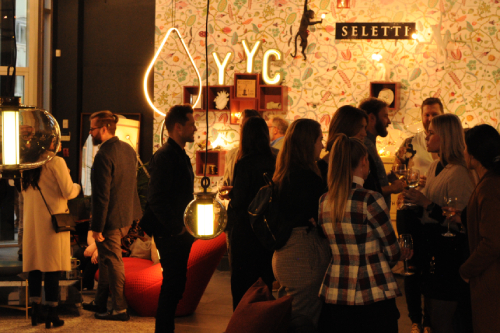 When brands account for all of these processes–as well as the craftspeople and materials who contribute to every luminaire they produce–in the prices they set, they aren’t just recouping their investment. They are reinvesting in their business by enabling themselves to continue this process with future designs, as well as ongoing refinements to existing products in response to market feedback.
When brands account for all of these processes–as well as the craftspeople and materials who contribute to every luminaire they produce–in the prices they set, they aren’t just recouping their investment. They are reinvesting in their business by enabling themselves to continue this process with future designs, as well as ongoing refinements to existing products in response to market feedback.
Part of the vision behind LightForm’s creation was the elimination of intermediaries between manufacturers and end users. This streamlining, then, also eliminates the mark-ups each of these intermediaries charges, which ultimately lowers prices. However, lowering prices was not our goal: increasing value was.
Removing intermediaries from the process of specifying quality designer lights increased the value-to-price ratio for our customers by lowering prices. Lowering prices with knockoffs, by contrast, prioritizes lower prices and achieves them by eliminating value. That is why we deal with legitimate manufacturers instead of cheaper knockoff producers. We are not interested in unsustainably low pricing.
LightForm sells high-quality designer lights for reasonable prices that sustain the overall system. This commitment to integrity and fair dealing has earned us exclusive contracts with internationally-renowned brands, proving their confidence in us. Brands like Contardi, B.lux, Masiero, Verpan, Stuff by Andrew Neyer, Bert Frank, and many, many moretrust LightForm to understand and appreciate how their remarkable collections of designer lights came to be, as well as how we can serve them and our customers better by participating in the larger design ecosystem rather than trying to exploit it.
Designing Authenticity
The term “authentic design” describes more than simply the ethics of its production or the veracity of its origin. To us, “authenticity” also describes a sense of personal integrity and pride in our products, our staff, and our services. We value and support the creative ecosystem that we are a part of, and we love that we are in a position to enable others to contribute to it as well.

